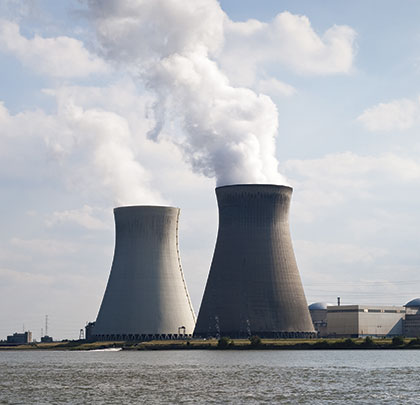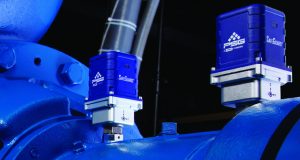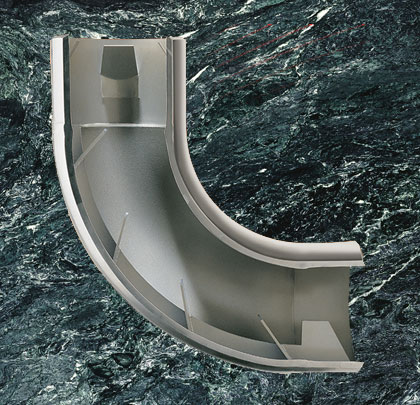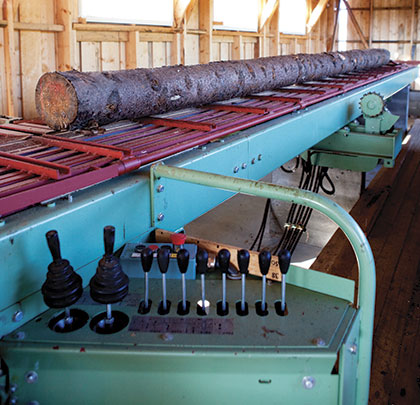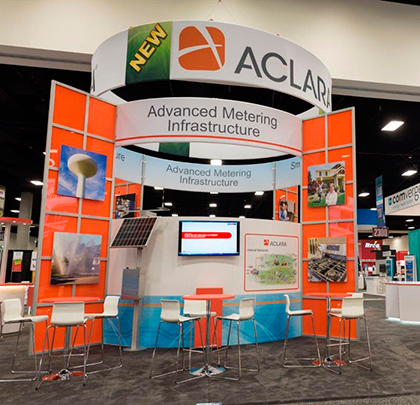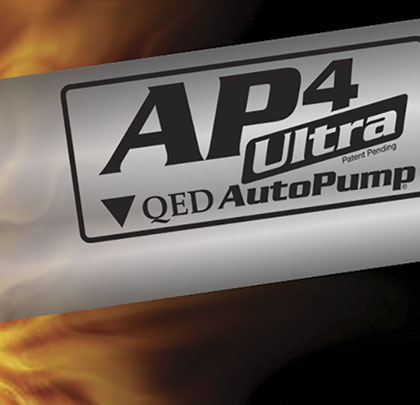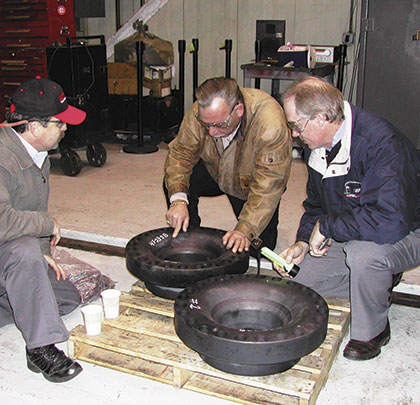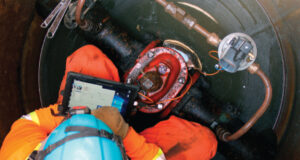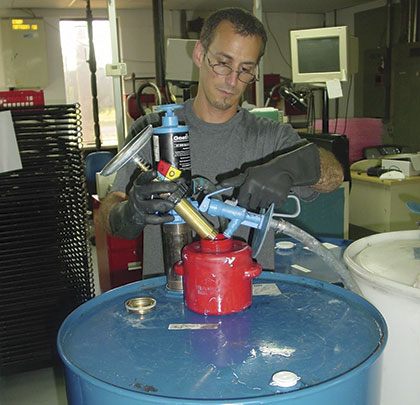Electrical Signature Analysis for Power Plant Pump Performance Assessment
One nuclear power generating facility, located in the Northeastern United States, relies on four vertical service water pumps to feed water to a heat...
Take a Serious Look at Your CIP Pump Maintenance Program
By Talmage Wagstaff
A CIP, or clean-in-place, system is vital to the daily operations of any food manufacturing facility. Without a CIP system in place that...
Taking Pump Diagnostic Equipment to the Next Level
By James Farley
Pumps are the very heart of fluid-transfer operations. Unexpected failure can devastate production and profits. Operators in the industrial-manufacturing realm have been...
Making More “Elbow” Room
In industrial installations, process plants are designed to minimize floor space. Abbreviated floor space can result in inadequate short runs of straight pipe required...
Taking the Heat at Arkansas Sawmill: Part 1 of 2
Humans have been using wood to construct shelters and other buildings for thousands of years. With the advent of metal tools wood could be...
Evaluating Total Cost of Ownership Models: Part 1 of 2
Electric utilities are undergoing a transformation not seen since the Tennessee Valley Authority brought electricity to rural America. The complex challenges facing electric distribution...
For Landfill and Remediation Pumping, AutoPumps Can Take the Heat
AutoPumps are air-powered positive displacement pumps that require no surface timer-based controllers, bubblers, or sensors in the well to operate. The pump is activated...
Root Cause Analysis: The Justification Game
How often are good ideas turned away because we cannot seem to justify their returns with hard dollars? More often than not, it is...
Benefits of Installing Anti-stagnation Valves
By Peter Sucharda, Devine & Associates, and Mark Gimson, Cla-Val Company
On March 27, 2019, the city of Hamilton, Ontario, unanimously declared a climate change...
The High Cost of Exposing Workers to Chemicals at Point of...
Every day industrial workers transfer potentially hazardous chemicals, such as solvents, acetones, lubricants, cleansers, and acids, from large drums into smaller containers, or into...


